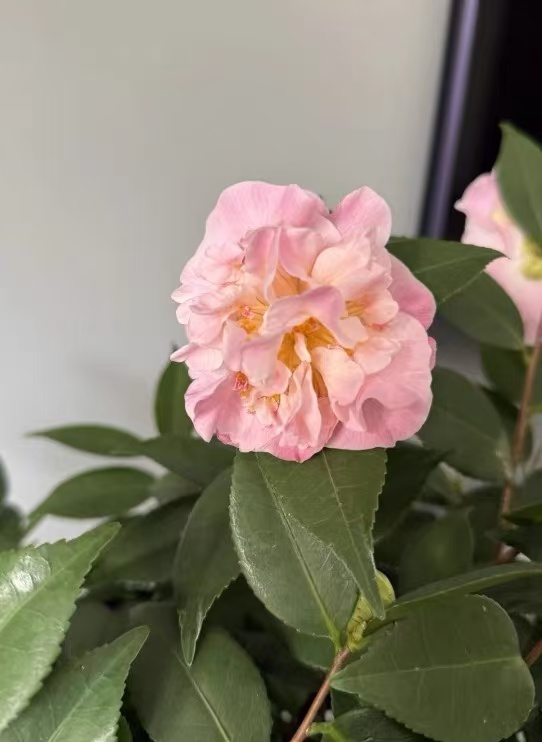Soil serves as the foundation for flower growth, and different flowers have diverse requirements for soil acidity and alkalinity. Among them, there is a category of flowers that have a particular preference for acidic soil. Only in an acidic environment can they fully exhibit their exuberant vitality and charming appearance. Understanding these flowers that favor acidic soil helps us create a suitable growth environment for them.
Typical flowers that prefer acidic soil:
Rhododendron: There are numerous varieties of rhododendrons, and their flower colors are gorgeous. They are famous ornamental flowers. Its demand for acidic soil is extremely strict, and it is suitable to grow in soil with a pH value of 4.5 - 6.5. In acidic soil, rhododendrons can better absorb trace elements such as iron and aluminum, which are crucial for the synthesis of chlorophyll. Sufficient absorption can make the leaves of rhododendrons dark green and the flowers delicate and charming. If the soil is alkaline - prone, rhododendrons are prone to iron - deficiency yellowing, their growth is hindered, and the quantity and quality of flowers will also be greatly affected.
Camellia: Camellias are deeply loved by people for their elegant flower shapes and rich colors. Acidic soil provides ideal growth conditions for camellias. In soil with a pH value of 5 - 6.5, the roots of camellias can grow normally and absorb nutrients. The active ingredients in acidic soil help the roots of camellias secrete organic acids, decompose the minerals in the soil, and promote the plant's absorption of elements such as phosphorus and potassium, thereby ensuring that the camellia plants are robust, the flowers are large, and the flowering period is long - lasting.
Gardenia: Gardenias are white and fragrant, with ever - green leaves throughout the year. Acidic soil is the "hotbed" for the growth of gardenias, and the suitable soil pH value for their growth is between 5 and 6. The acidic environment enables the roots of gardenias to better absorb nitrogen, promoting the lush growth of branches and leaves. In addition, acidic soil can also keep the soil loose and breathable, preventing soil compaction, which is conducive to the respiration and growth of gardenia roots. If the soil is too alkaline, gardenias will experience yellowing of leaves, failure to bloom, and other phenomena.
Jasmine: Jasmine has a strong fragrance and is a common fragrant flower. It prefers acidic soil with a pH value of 5.5 - 6.5. In acidic soil, the physiological activity of jasmine roots is enhanced, which can efficiently absorb nutrients and water in the soil, promoting the rapid growth of the plant. Acidic soil can also regulate the soil microbial community, creating a good rhizosphere environment for jasmine roots, reducing the occurrence of root diseases, and making jasmine full of flowers in summer.
Understanding the requirements of different flowers for soil acidity and alkalinity is one of the keys to successful horticulture. By reasonably adjusting the acidity and alkalinity of the soil, we can provide a more suitable growth environment for flowers, promoting their healthy growth and lush flowering.
What kinds of flowers require acidic soil?

Share with
Tagged in :




Leave a Reply